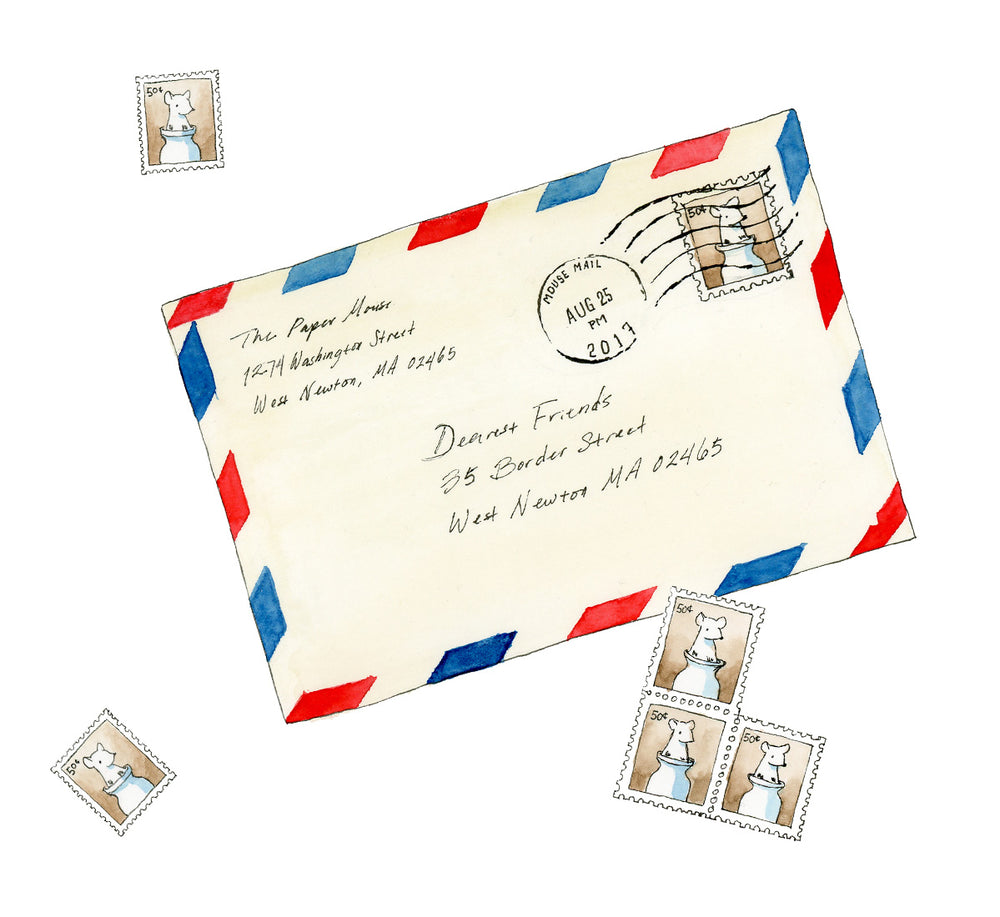Keeping a Travel Journal

Traveling is a rich time when we’re suspended from the usual spaces and routines of our daily lives, from all that is rote and familiar. Our minds and senses are packed with the new: new foods, new landscapes, new schedules, new languages, new cultures. Travel takes us out of ourselves and lets us become observers, not only of our new surroundings but also of our own habits and ideas. It gives us new perspectives to bring home and it gives us distance from our usual responsibilities, letting us rest our minds so we can ponder new possibilities.
During this wealth of new experiences, a travel journal is a wonderful companion. It’s a place to record your impressions and process what you see, and later it becomes a reminder of what you did on your journey (it can be surprisingly hard to remember even the most vivid details when you’re back home). Even if you’re not in the habit of keeping journals in general, a travel journal is valuable as a record of a specific, profound, and fleeting moment in time.
What to put in a travel journal
As with any journal, there are no rules about what you can and can’t put in or what format you must use. If you like to write, you can journal freely about your days; if you like to draw, you can sketch your surroundings; if you find journaling tedious, you can keep a series of lists of your experiences. Below are different ideas for what to put in your travel journal—mix and match to suit your style!

Itinerary
Your travel journal can begin even before you leave for your trip. Record your itinerary in your travel journal so you have it handy for reference.
Daily notes
The bulk of a travel journal is usually a record of daily experiences. Write down what you do and see each day on your trip. Where did you go, and what were your impressions? What foods did you eat, and which were your favorites? Did you get soaked in the rain on an adventure, or was it sunny and dry? You can write in broad strokes or go into great detail.
New ideas
In addition to describing the things you do and see, your journal can be a place to record new ideas that come to you as you travel. Our minds are often more relaxed on a trip, leaving us open to inspiration. If something you see on your travels gives you an idea for a project to try at home, a story to write, a new type of clothing to wear, a new type of food to cook—record it in your travel journal so you remember it when you get home.

Sketches
If you like to draw, sketching is a great way to record what you see on your travels: landscapes, food, architecture, people. So much of what we experience while traveling is visually new and stimulating. Sketching can help you remember colors, shapes, and motifs that you see and is a lovely way to soak in a different visual landscape.
Memorabilia
Your travel journal can also serve as a scrapbook for the ephemera you collect while traveling: ticket stubs, maps, pamphlets, pressed flowers, stamps, even paper currency. Pasting in some of these bits and bobs helps you preserve the texture of the place: the way the written language looks, the colors and design sensibility of the culture.
Overall impressions
Throughout your trip and at the end, it can be worthwhile to write some overall impressions about the place you visited, your experiences while traveling, or the culture you were introduced to. These big-picture impressions are often missed in your daily notes, but may have been percolating in your mind throughout the trip. Your reflections could include:
- Foods: What was the food like on your trip? What flavors and ingredients did you notice? What did you like and dislike?
- Fashion: How did people dress? What colors and styles did you notice, and what did you wear?
- History: What did you learn about the history of the place you visited, and how did it change your understanding of that place?
- Weather: What time of year were you traveling? What was the weather like at that time of year?
- Language: Did people speak a different language where you were traveling? How did the language sound, and did you learn any? What new words did you learn?
- Nature: What plants, animals, and landscapes did you observe? How were they different from the ones you’re familiar with?
- Architecture: What was the style of the buildings you saw on your trip? What colors, materials, and shapes did you observe?
- Culture: Did you notice cultural differences in the way people interacted or in their daily habits?
- Infrastructure: What was transportation like where you were traveling? How were cities and towns laid out?
- Sounds: What did you hear on your travels? Was there music, and what was it like? Describe the sounds of birdsong, traffic, people.

When to write in your travel journal
Travel is often so packed with activity (or with relaxing!) that it can be hard to find time for writing in your journal. After all, you’re busy experiencing a new place!
Just as there's no right or wrong format for your journal, there’s also no right or wrong time to use it: whenever it’s natural for you to work it in is the right time. That said, it can be helpful to take notes at the end of the day about what you experienced that day, while it’s fresh in your mind. You can also carry your journal with you throughout the day and write in it when you take breaks for coffee or lunch. Stopping to write for a few minutes can be a nice mental break in the middle of the day when you’re tired or oversaturated from the experiences you’re having.
The “travel” part of travel is also a great time to write, when you’re on planes or trains between destinations. These are great times to record what you’re anticipating or consolidate your impressions on what you’ve seen so far, and journaling also helps pass the time.
How to choose a journal
We’ll say it again: there’s no right or wrong answer! Choosing a journal is a very personal business and there’s an endless variety of options.
Aside from personal preference, consider where you’ll be writing. Are you likely to carry your notebook around with you throughout the day? A thick hardcover notebook can get heavy to carry; a slim and lightweight softcover might be more convenient. If you’ll be writing in cramped spaces like an airplane seat or a cafe table, something that can fold over like a spiral bound notebook may be handy.
Other notebook considerations include usage. If you’ll be painting or drawing in your journal, you’ll want a sketchbook with thicker paper. If you’ll be hiking or out in rainy weather, a sturdier notebook or one with water-resistant paper might be a good option.
Finally, consider the length: will you be using your notebook for multiple trips, or just for this trip? A slim notebook with fewer pages can be a good length for a single trip, while you can fit notes about more travels in a longer notebook.

Do you keep a journal when you travel? How do you like to use yours? Let us know in the comments below!



Thank you for the post and for sharing great ideas! I like to journal when I travel to remember what happened. I like the idea of just sitting and sketching something! I also want to work on journaling at the moment. I usually journal at night. I like the field notes notebook, but I will try out my new LEUCHTTURM1917 A6 softcover, dotted, for my next trip. I like to keep everything in one notebook, so let’s see how this goes. =D
This was a great post as I just received a beautiful, new Travelers Notebook in camel! Thanks for the inspiration to fill it!🌞🫶
Leave a comment